The Barge Dwellers of Rotterdam’s Old Harbor
Living on a boat isn’t bad, but tourists will accidentally walk into your home.

“That’s what they’re doing. Getting on deck and having their pictures taken,” says Val Poore, a teacher and writer from Great Britain, pointing towards the boat moored next to hers. A tourist on deck is posing for a photo, blissfully unaware that she’s standing on someone’s roof. But the signs of life can’t be missed if you look close enough: bicycles, laundry hanging out to dry.
Even the most distracted tourist should notice the sign saying, in the typically direct way of the Dutch: “Private. No entry unless invited.” Because these boats, despite their tourist appeal, are not just barges. They’re home to a vibrant, freedom-loving community that remains hidden in the open in Rotterdam’s Oude Haven or Old Harbor.
Tourism in Rotterdam is concentrated on the water—and many visitors want to see the Old Harbor’s beautiful historic barges.
“There is a lack of awareness that there is a community of people actually living on the barges,” says Poore. She finds people coming on board without invitation quite amusing, and most of the community members regard it with a reasonable amount of goodwill.
Before moving to the Netherlands, Poore lived in South Africa for many years before buying her own 120-year-old barge, De Vereeiniging, in 2001.
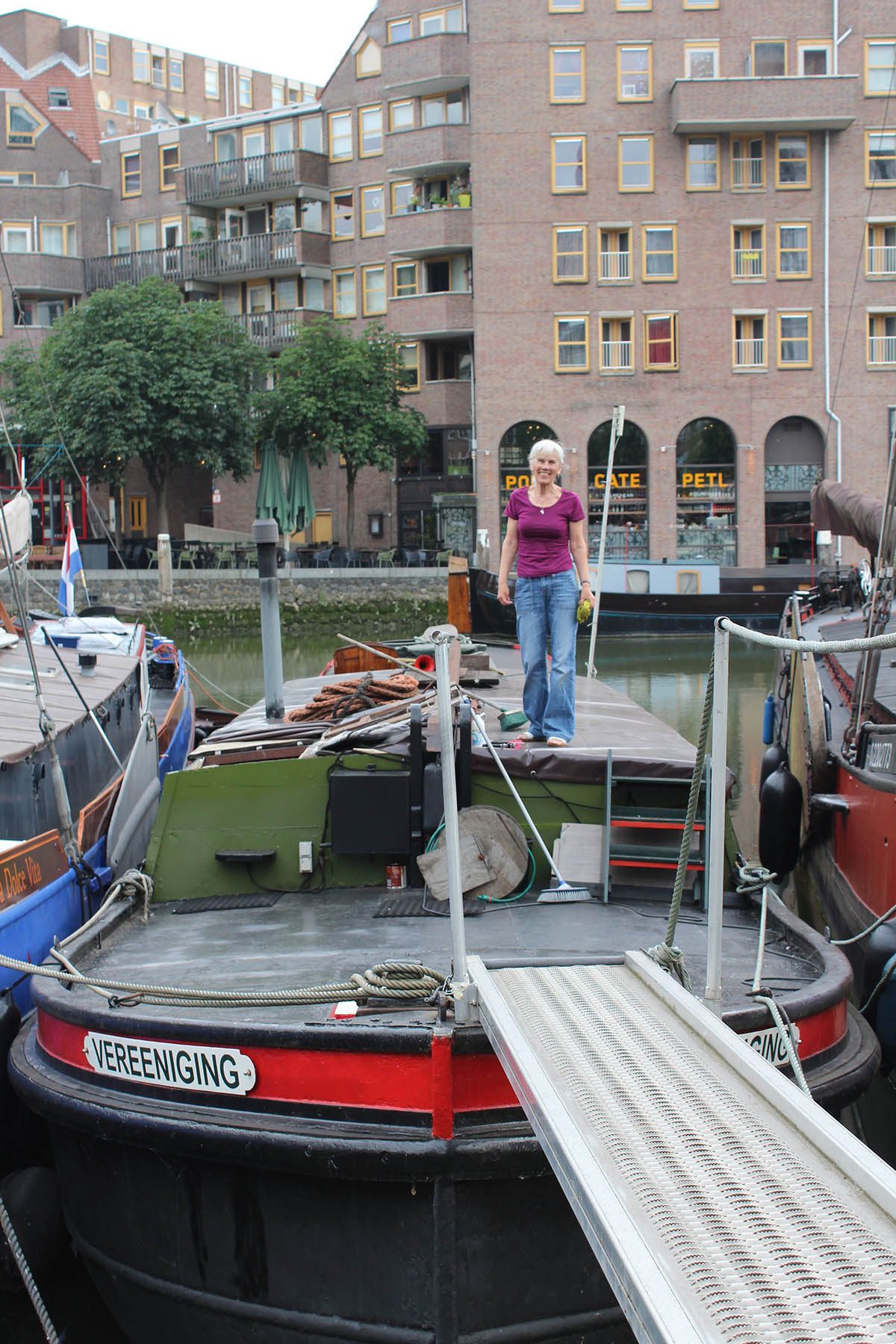
“I’ve always needed to live close to the water,” she says. “Being on the boat is just ideal for me. Because it’s all around me all the time, and it’s very restful.”
What really attracts people like Valerie Poore to the barge life is the idea of self-reliance and freedom. “It’s as much freedom as you can have in an organized society,” Poore says. The barge-dwellers in the Oude Haven are not just proud of their boats; they also care deeply about the idea of restoring and preserving the Dutch waterways’ heritage. But maintaining the historic appeal of the Oude Haven is not just something the inhabitants love to do. It’s one of the requirements of living there.
“The exterior has to look like it did when it was a working barge,” says Poore. “And so you can’t just put windows on the side because you feel like it.” As the Oude Haven is a part of the Maritime Museum, the barge needs to come from a certain period in time, preferably before World War II. Boats newer than that look too modern and are too big. De Oude Haven is tiny, hosting around 30 boats. And the sense of community is strong.
“I think the relationships between the people are actually very good because we all have the same purpose. And we all have essentially the same interests,” says Poore, referring to the idea of restoration, heritage and a love of water.
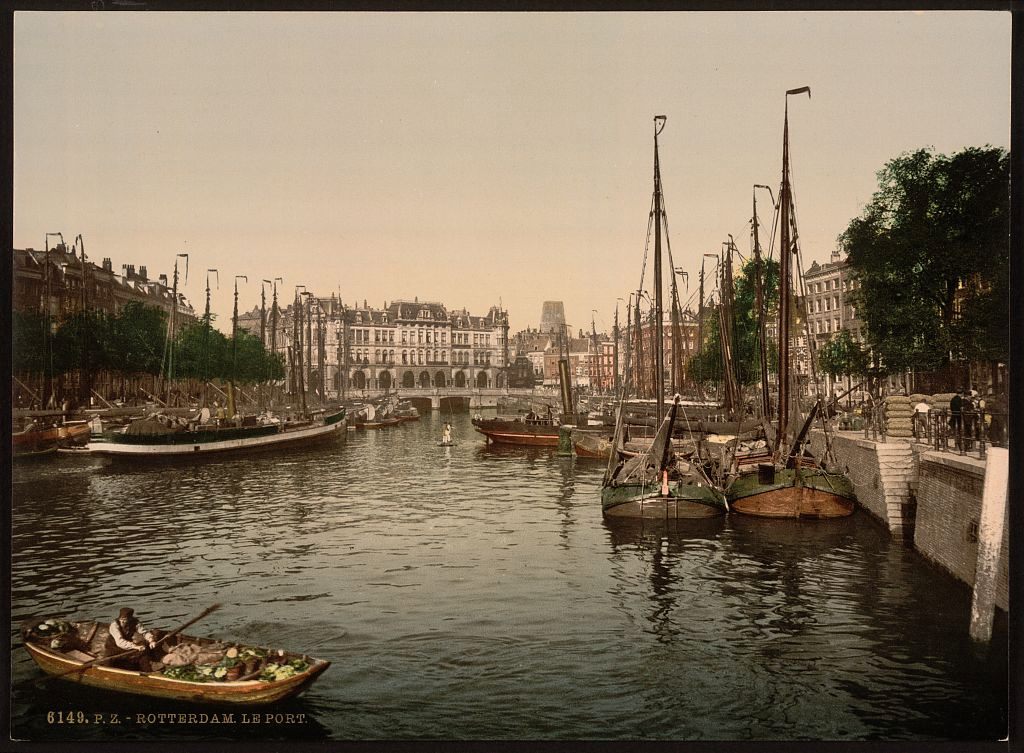
Poore doesn’t tell people that she lives on a boat. ”It is a sort of double life but I’m not particularly conscious of that because my work life and my home life are my normality. I don’t really think of sort of switching into another role when I go home, I’m just myself with whatever I do,” she says. When the topic does come up, she shares where she lives, and people usually show interest in her home on the water.
“The most common question I get: “Isn’t it cold in the winter?” And the answer is, yes it is, but we have heating like you have in the house,” she says. It can also get loud due to the nearby bars and restaurants in the Oude Haven. “At night time and in the summer the harbor is a very noisy place and there’s a very high nuisance factor with noise and the shouting and the loud music, and sometimes fights break out.”
Another thing that brings the community together is the love of what Poore calls “faring,” from the Dutch word “varen,” or to sail. “Look what you can do with a barge. You can cruise on canals and rivers, and you can live on it too and if you want to move you can take your house with you,” she says.
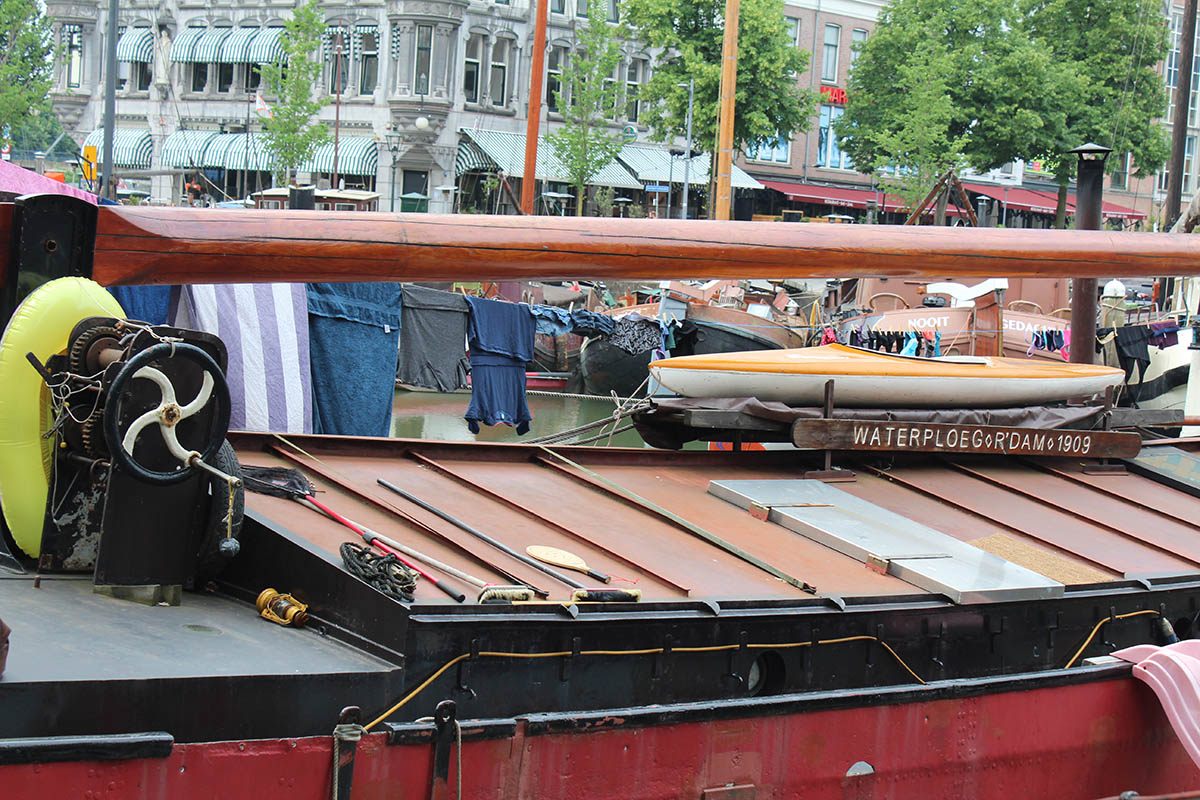
Barges have no sails, but they still move on the water, and can go pretty much anywhere on the canals that can be found all over the Netherlands. “It’s a feeling of being cut off from all the stresses and strains of the normal world,” says Poore. “You distance yourself from politics, from friction, from conflicts, you can more or less forget that the real world exists.”
New regulations, however, have restricted people’s movements. For example, barge-owners with boats that measure longer than 20 meters (66 feet) must have them inspected regularly. For historic barges, it can be hard to comply with the new regulations. The high price of diesel gas also plays a role.
“Fewer people go faring now than used to, partly because of the regulations and partly because they’ve got other commitments now,” says Poore.
And more changers are underway. On May 1, 2017, the Maritime Museum handed over the keys to the slipway yard to the City Council, which could negatively affect the community.
“The slipway and all the workshops there are very much at the heart of the community, and you go there and you chat with other people and you have coffee with other people. So if that is closed down completely, it’s going to make a big difference, there will be no central points for having get-togethers,” says Poore.
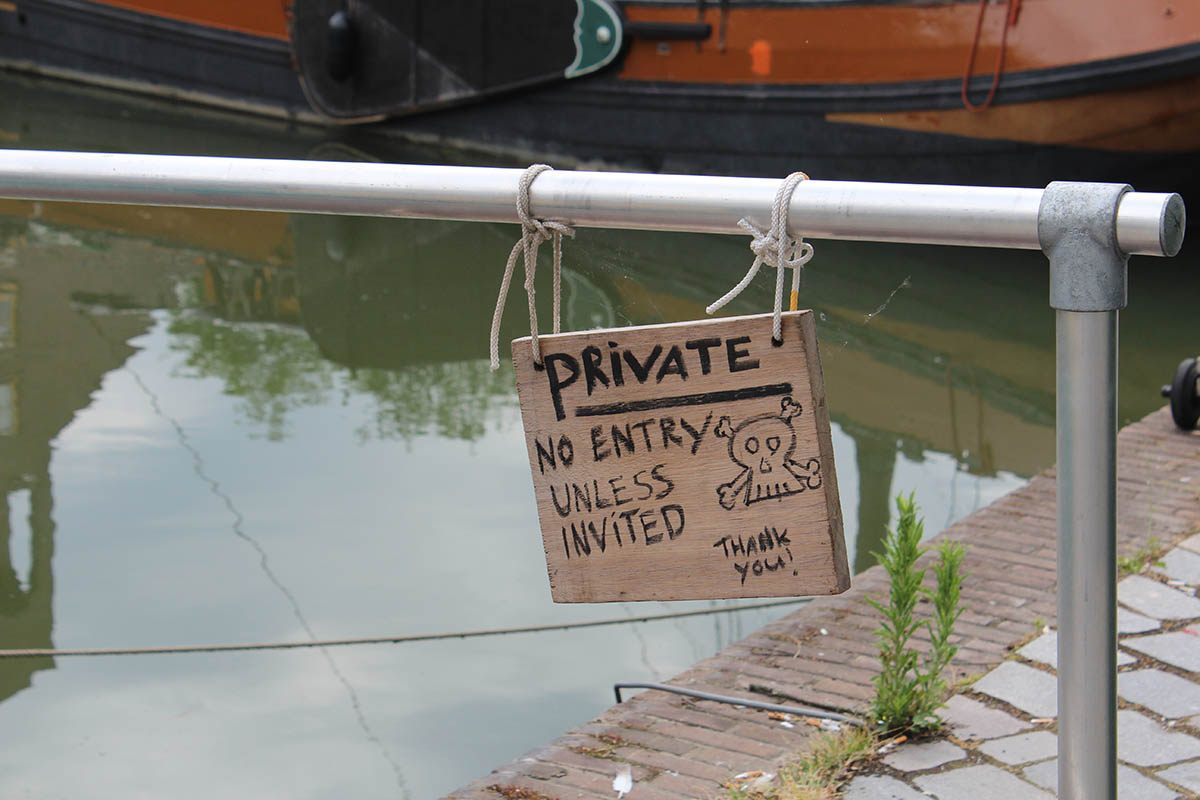
The slipway, which Poore calls the helling, is the place where barge owners take their boats for a thorough inspection, which involves pulling the barge out of the water. Poore has booked a week on the helling for October, but with the new situation she isn’t sure she will be able to use it. The slipway is still open for now, but “on the yard and the yard and the workshops, everything is closed. We’re very sad about it,” says Poore.
If the slipway in the Old Harbor is closed, the barge owners will have to go somewhere else for inspections, but some of these places are far away. “If it’s commercially viable they’ll keep the helling open,” says Poore, “but if not, no one knows what’s going to happen.”
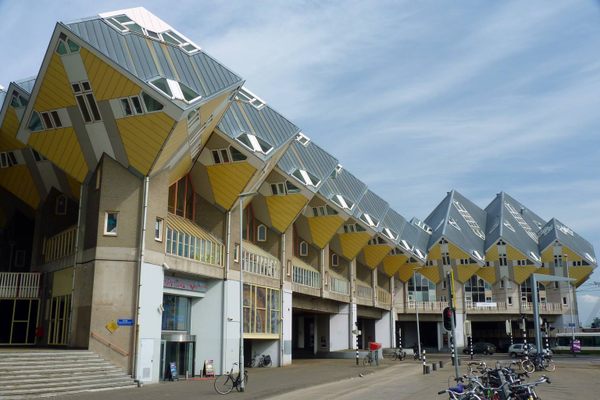




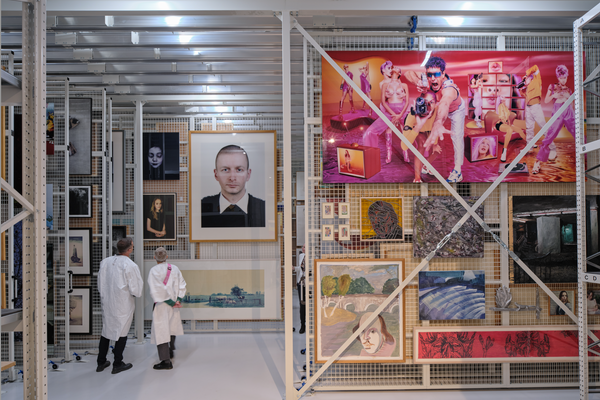




Follow us on Twitter to get the latest on the world's hidden wonders.
Like us on Facebook to get the latest on the world's hidden wonders.
Follow us on Twitter Like us on Facebook